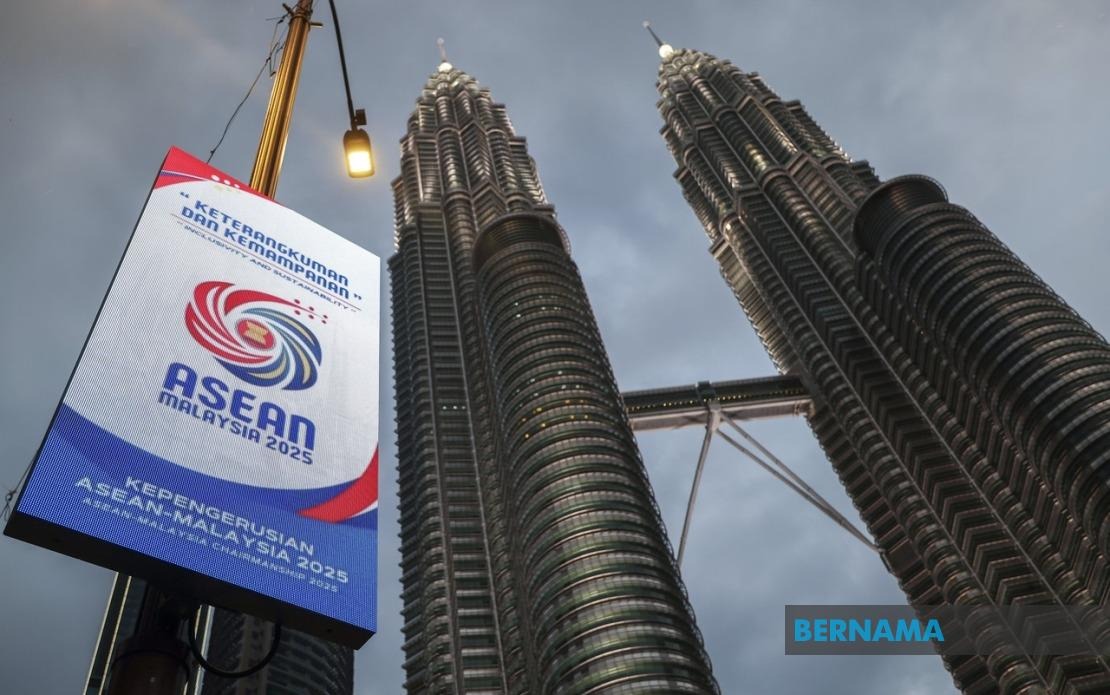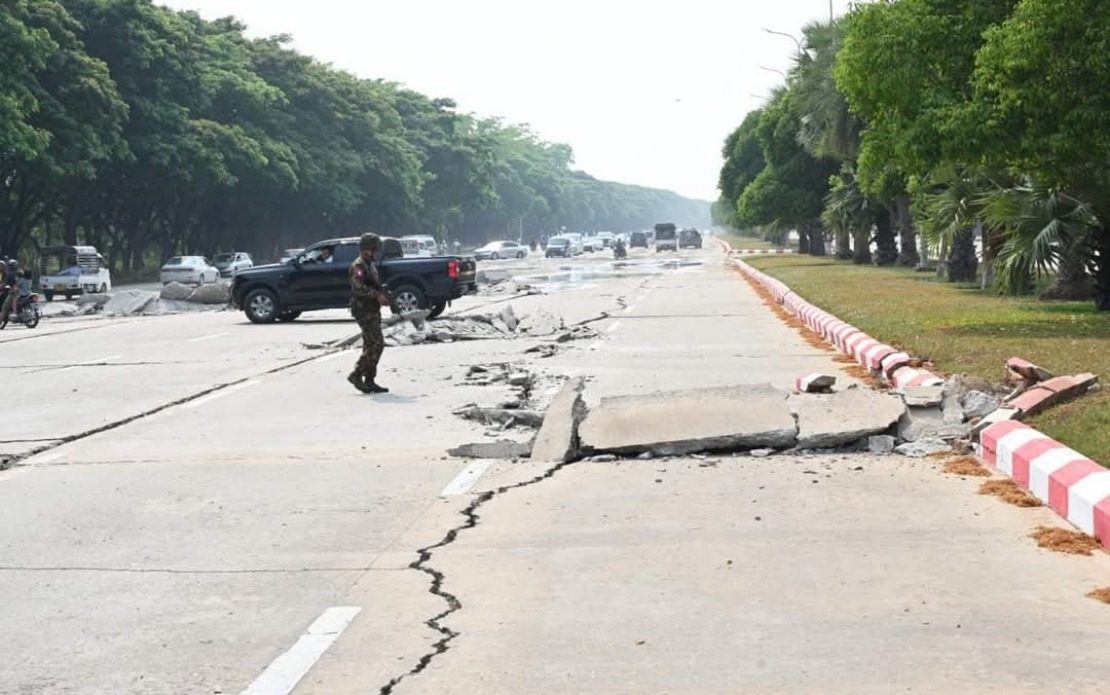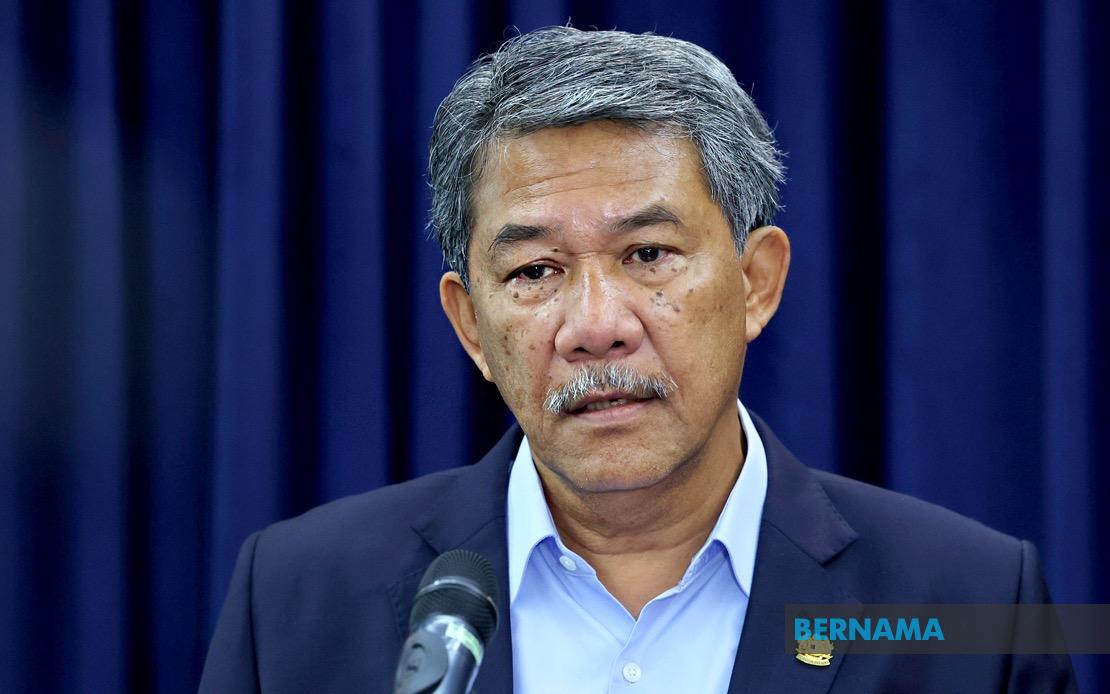BETWEEN REGIONALISM AND REGIONALISATION: WHAT CAN ASEAN CHOOSE?

By Phar Kim Beng, PhD
Introduction
The Association of Southeast Asian Nations (ASEAN) stands at a crossroads, navigating the intricate balance between regionalism and regionalisation. As Malaysia assumes the ASEAN Chairmanship in 2025, understanding these concepts becomes imperative for charting the organisation's future trajectory.
Defining Regionalism and Regionalisation
Regionalism refers to state-led initiatives aimed at fostering cooperation and integration within a specific geographic area. This involves formal agreements, institutions and policies designed to achieve collective goals among member states. ASEAN itself is a prime example, established in 1967 to promote regional stability and economic growth through intergovernmental collaboration.
In contrast, regionalisation is an organic, bottom-up process driven by non-state actors such as businesses, civil society organisations and local communities. It encompasses the increasing economic, social and cultural interactions that occur naturally across borders, often independent of formal governmental frameworks. For instance, the proliferation of cross-border trade and investment among ASEAN countries exemplifies regionalisation.
Malaysia's ASEAN Chairmanship in 2025
Malaysia's tenure as ASEAN Chair in 2025 carries the theme “Inclusivity and Sustainability”, reflecting aspirations for shared progress that leaves no one behind. This theme underscores the importance of balancing regionalism and regionalisation to achieve comprehensive and equitable development. The official launch of the logo and theme on 22 October 2024 marked the beginning of Malaysia's leadership role, emphasising a commitment to these principles.
ASEAN's Institutional Mechanisms
ASEAN has developed various institutional mechanisms to promote regionalism:
ASEAN Regional Forum (ARF): Established in 1994, the ARF serves as a platform for security dialogue in the Asia-Pacific region, addressing issues such as maritime security and counter-terrorism.
ASEAN Defence Ministers’ Meeting-Plus (ADMM-Plus): Launched in 2010, ADMM-Plus facilitates defence cooperation between ASEAN and eight dialogue partners, enhancing regional security through joint exercises and information sharing.
ASEAN Foreign Ministers' Retreats: These informal meetings allow for candid discussions on pressing regional issues, fostering trust and understanding among member states. The 2025 retreat, held in Langkawi, Malaysia, focused on the Myanmar crisis and South China Sea disputes.
Senior Officials' Meetings (SOM): Regular gatherings of senior officials from member countries to coordinate and implement ASEAN policies across various sectors.
ASEAN Coordinating Council (ACC): Comprising foreign ministers, the ACC oversees the implementation of agreements and decisions, ensuring coherence across ASEAN's three pillars: Political-Security Community, Economic Community, and Socio-Cultural Community.
ASEAN Secretariat: Located in Jakarta, Indonesia, the Secretariat provides administrative support and facilitates the effective functioning of ASEAN's initiatives and programmes.
Track II Diplomacy and People's Engagement
Beyond formal mechanisms, ASEAN recognises the value of Track II diplomacy -informal dialogues involving non-governmental actors that complement official diplomatic efforts. These platforms encourage open discussions and innovative solutions to regional challenges.
Key Track II initiatives include:
ASEAN Institutes of Strategic and International Studies (ASEAN-ISIS): A network of think tanks from member countries conducting research and fostering dialogue on regional security and cooperation.
ASEAN People's Assembly (APA): An annual forum that brings together civil society organisations, academics and other stakeholders to discuss issues affecting the region, promoting people-centred ASEAN integration.
ASEAN Plus Three and East Asia Summit
ASEAN's engagement with external partners further illustrates the interplay between regionalism and regionalisation:
ASEAN Plus Three (APT): Initiated in 1997, APT includes ASEAN member states, China, Japan and South Korea, focusing on areas such as finance, trade, and food security.
East Asia Summit (EAS): Established in 2005, the EAS comprises ASEAN members and eight dialogue partners, including the United States and Russia, addressing broader strategic, political and economic issues in the region.
Challenges and Opportunities
As Malaysia leads ASEAN in 2025, several challenges and opportunities arise:
Myanmar Crisis: The ongoing conflict in Myanmar poses a significant challenge to ASEAN's unity and effectiveness. Malaysia has appointed Tan Sri Othman Hashim as the ASEAN special envoy to facilitate dialogue and seek a peaceful solution.
South China Sea Disputes: Territorial disputes in the South China Sea continue to test ASEAN's cohesion. Malaysia's chairmanship presents an opportunity to advance negotiations on a Code of Conduct, promoting regional stability.
Economic Integration: Strengthening economic ties through initiatives like the ASEAN-China Free Trade Agreement 3.0 can enhance regional resilience amid global uncertainties.
Conclusion
The balance between regionalism and regionalisation is pivotal for ASEAN's continued relevance and effectiveness.
Malaysia's chairmanship in 2025, under the theme of inclusivity and sustainability, offers a strategic opportunity to harmonise formal institutional frameworks with organic, people-driven processes.
By embracing both approaches, ASEAN can navigate current challenges and foster a more integrated and resilient regional community.
-- BERNAMA
Phar Kim Beng, PhD, is Professor of ASEAN Studies at International Islamic University of Malaysia, and Senior Research Fellow at Asia Europe Institute, University of Malaya.




